In logistics, strapping consists of wrapping a parcel with a strap, in other words a metal, plastic or textile band. This operation can present risks for employees. Fortunately, it is possible to prevent them by using specific equipment. In this article, we explain what the risks of strapping are, and how to avoid them.
MSDs, the main risks of logistics strapping
Carpal tunnel syndrome in the wrist, tendonitis, back pain… These health problems, known as musculoskeletal disorders, are part of the strapping risks
What is an MSD?
mSDs are physical or mechanical disorders affecting the joints, muscles or tendons. They can occur as a result ofpoor posture, repetitive movements, intense physical effort or even a shock. The frequency, repetition and intensity of these factors increase the body’s exposure to the development of musculoskeletal disorders. According to theHealth insurancemSDs account for 95% of occupational diseases in the transport and logistics sector
What are the consequences of MSDs for the company?
acompany’s performance can be put at risk if its employees are regularly confronted with MSDs. These ailments can be the cause
- higher levels of absenteeism of operators
- a lower productivityof the company
- a disorganisation within the teams
- a bad image of the company which can lead to a high high turnover
- difficulties in attracting new employees
in addition,absent employees must be replaced to avoid loss of productivity. It should be noted that in the event of MSDs recognised as an accident at work or occupational disease, the AT/MP contributions increase. This implies additional expenses for the company
packaging solutions to prevent MSDs
In order to limit the arduousness and risks associated with strapping, the ideal solution is to equip the warehouse with the appropriate equipment to prevent MSDsensure good working conditions for your employeesstrapping equipment is a tool for increasing productivity in this logistical operation, by accelerating the rate of packing
Traditional manual strapping machines
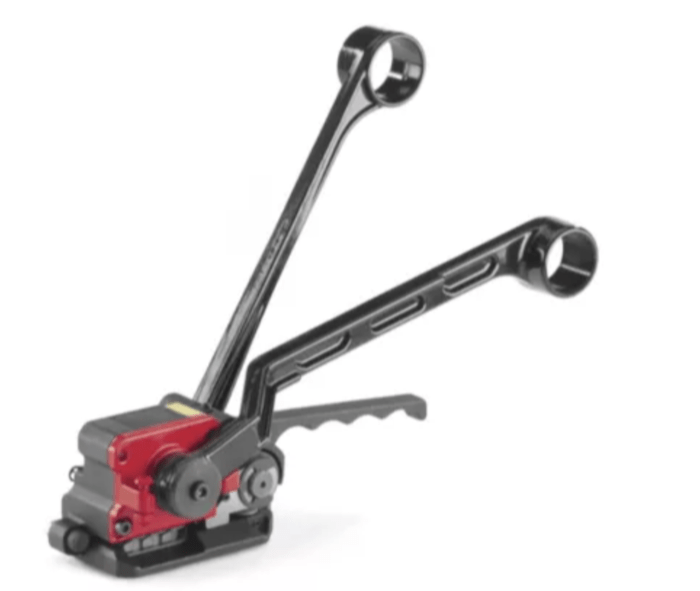 |
Among traditional manual strapping machinesthe most commonly used are the tensioner and the tensioner-strapperthese lightweight devices are easy to use as they are designed to tension, crimp and cut the strap. They have the advantage of being economical. These devices can be used on a daily basis, but their use is limited
Do not expect to use a traditional manual strapping machine if your business requires more than a few dozen packages per daythe purpose of this type of equipment is rather to relieve their efforts |
Mobile, semi-automatic or automatic strapping machines
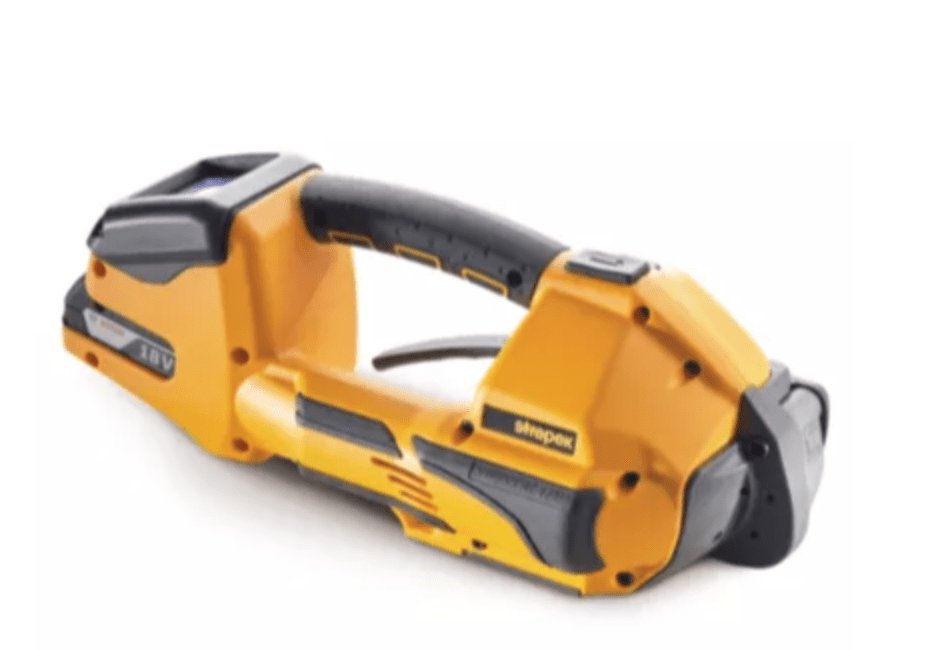 |
If your activity requires you to strap packages on several levels of your warehouse, then a mobile strapping machinecompact and autonomous, these devices are battery-operated and offer an output of from 70 to 150 packages per day
There are semi-automatic mobile strapping machines, which require the intervention of an operator to tighten the strap, or automatic machines, which limit the risk of RSI |
The semi-automatic strapping machine
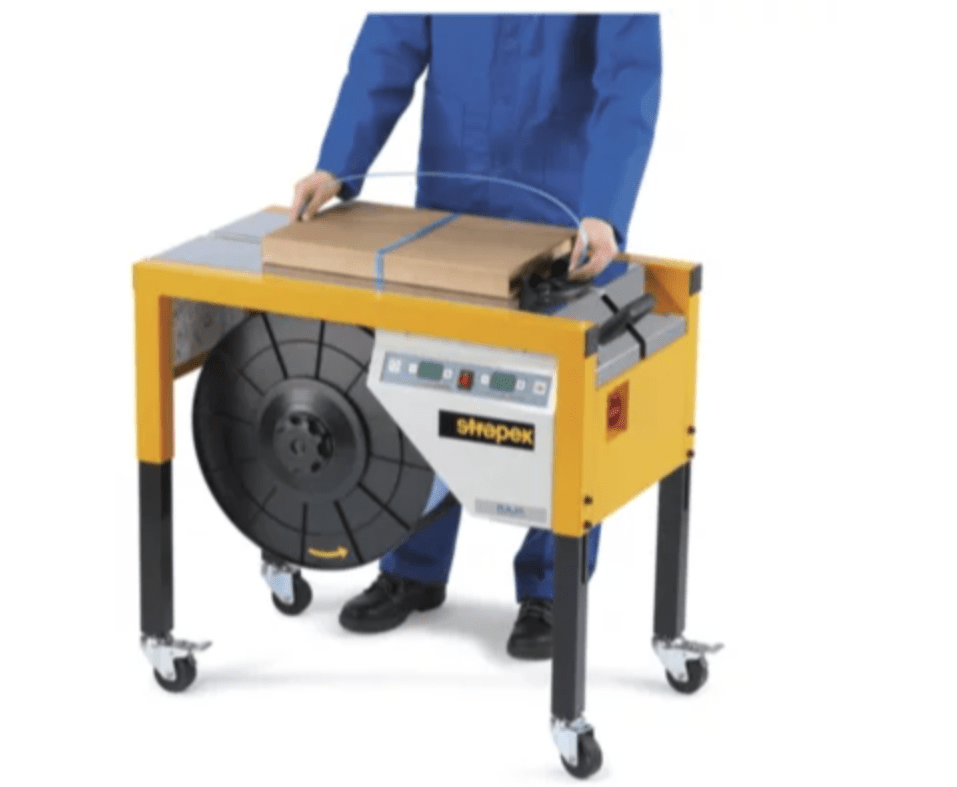 |
The semi-automatic strapping machinethe semi-automatic strapping machine, or tabletop strapping machine, is designed for strapping boxes or crates of various sizes and shapes and for grouping products. These machines meet an average requirement of of 50 to 100 packages per day
In addition to assisting the operator in the strapping operations, they allow them to maintain an upright posture by adapting to the height, thus limiting the risk of RSI. Some machines also have wheels, which allow the machine to be mobile when needed |
The semi-automatic pallet strapping machine
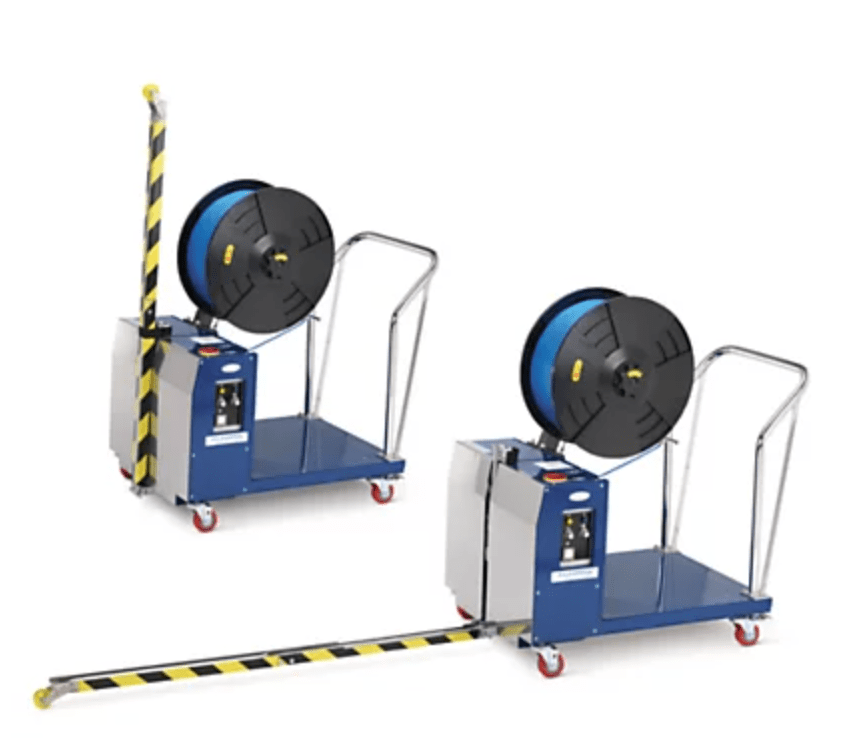 |
For an output of up to up to 50 pallets per daythe semi-automatic strapping machineit is designed for strapping low pallets with a minimum height of 380 mm
This machine increases the speed of the packaging line and reduces the risk of RSI. The operator does not have to bend over, as the machine’s arm allows the strap to be passed under the pallet. The machine also has wheels to make it easier to move |
The automatic strapping machine
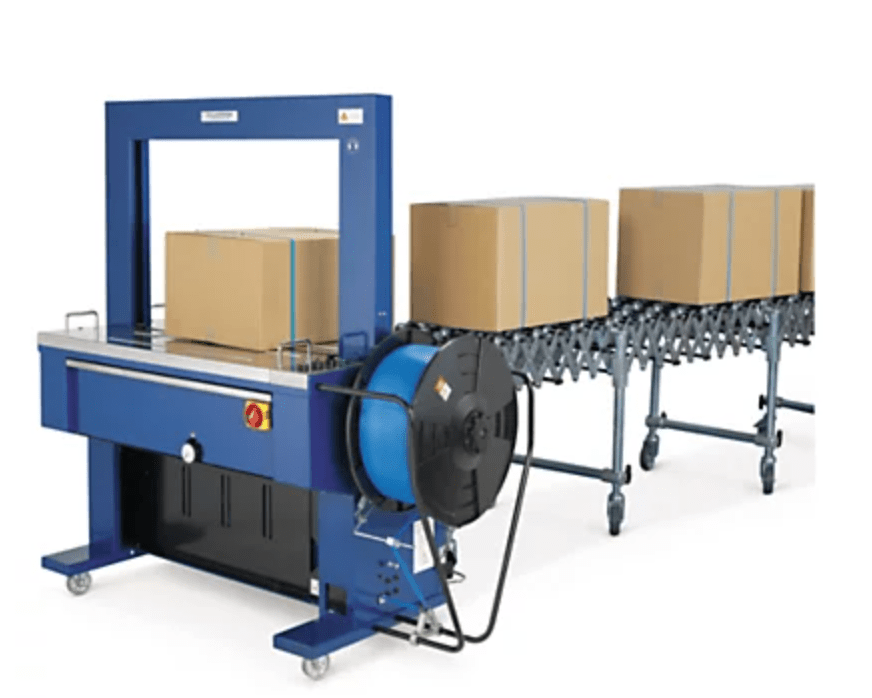 |
As the name suggests, the automatic strapping machine automates the entire strapping process, from feeding the strap to tensioning it and cutting it
It is perfectly suited to a production rate of up to 100 packages per daymanual strapping tasks are greatly reduced, thus limiting the workload in the warehouse and the risk of RSI |
training operators to avoid MSDs
training in good warehouse practices is one of the keys to preventing MSDs limit the risk of musculoskeletal disordersintensive workloads, bad postures or incorrect use of warehouse equipment and machinery can lead to MSDs. Specific training courses to prevent occupational risks, and in particular MSDs, are available. RAJA offers 2 courses to help you
- The muscle Awakening training it allows you to to know the disorders and painsrelated to your sector of activity, to discover and practice the different gestures allowing an adapted muscular warm-up adaptedto the conditions and quality of life of the operators, and to improve them.
- The gestures and Postures training designed to prevent the risks of occupational diseases and accidentsit provides training in the principles of ergonomicson the workstations in the warehouse, on the reflexes and gestures to adoptit also helps to improve working conditions and the quality of life at work.
we also offer a a complete guide to detecting and preventing MSDs you will discover how to identify MSDs, the method to prevent their appearance in the warehouse, the essential anti-MSD equipment, as well as the financial aid for small and medium-sized companies to know to prevent MSDs.Manual strapping therefore presents risks for the health of operators. The performance of your company may suffer, due to a high frequency of sick leave, or difficulties in recruiting employees over the long term. The world of logistics is therefore evolving, and is working in particular on reducing the arduousness of certain workstations. Innovative technologies are gradually appearing in warehouses. We suggest that you discover 3 new technologies ready to revolutionise warehouse work in another blog post
















